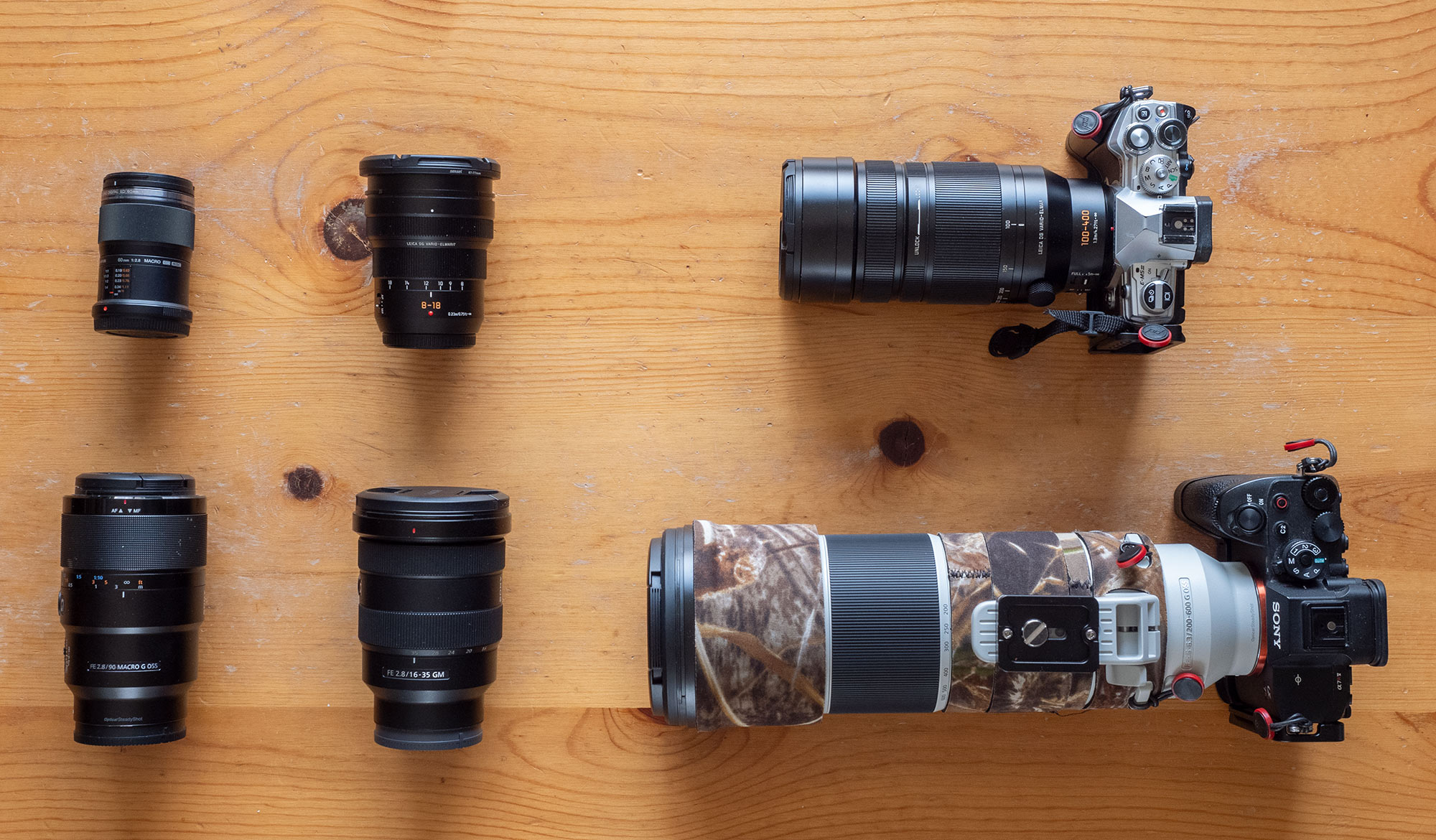
You can see the massive size difference between full-frame and cropped camera systems. Above is Micro Four Thirds. Below is a full-frame camera and equivalent lenses.
Do you really need a Full-frame Camera for Landscape Photography?
Many photographers assume that Full-frame (FF) cameras are the best because they have the largest sensor, highest resolution and cost the most. While this logic is sound, FF cameras are the best in particular situations, but can be overkill. When you don’t need the horsepower of a FF camera, it’s like owning a Lamborghini just to drive to work.
The camera formats most practical for landscape/nature photography come in compact, small, medium and large. They are the Bridge Camera, Micro Four Thirds (MFT), APS-C and Full-frame (FF). FF has the largest sensor, and Bridge, MFT and APS-C are called cropped formats. For comparison, it helps to know some sensor stats:
Overview of the camera Formats
Full-frame
With the largest sensors, FF delivers the highest resolution for making very large prints, and great low-light performance. They cost about twice that of cropped formats. Along with lenses, they’re also much larger and heavier than smaller formats.
APS-C
APS-C cameras have large sensors that are 2/3 the size of FF. This fractional sacrifice in sensor size comes with a 50% price savings and 40% weight reduction. The high performance and bang for the buck makes APS-C the highest-selling format, and practical for most photographers.
Micro Four Thirds
MFT are the smallest interchangeable lens cameras with sensors ½ the size of a FF, making them supremely portable. Having a smaller sensor with fewer megapixels liberates processing power that allows the inclusion of impressive in-camera technologies like Hi-res mode and Light Compositing. The small sensor has inherently poor light gathering abilities making it a mediocre performer for night sky photography.
Bridge Cameras
Bridge cameras are extremely compact and easy to use, while retaining the same control over settings as interchangeable lens cameras. Their small size is achieved with a non-removable lens, and a small sensor. Stick with Bridge cameras that have a 1″ sensor-the largest option. The integral zoom lens typically has a vast focal range that equates to several lenses.
Bridge cameras are for true photographers who want full manual control without having to haul extra lenses. This is a great format if you don’t need to make large prints and want ease of travel. With the smallest sensor in the bunch, they’re poor for night sky photography.
Counterintuitively, these prints were all made with a 10mp APS-C camera, taken over 15 years ago. The two photos on the left are 45×30″. The panorama is 60″ across and composited from 5 individual photos.
Full-frame Cameras are for making Large Prints
FF cameras don’t produce obviously better looking pictures, they produce bigger ones. Their RAW files are huge with massive resolution.
In landscape photography, the main reason for high resolution is to routinely make large prints. When you buy an expensive FF camera, you’re essentially paying for extra pixels. Your money and those pixels are wasted if you only post online. Online images average between 1000 and 2000 px on the long end, which any modern cropped camera can handle with miles of pixels to spare.
Even if you do want to make prints, cropped cameras can accomplish this. APS-C images can easily be printed up to 30×45”, MFT images up to 20×30”, and Bridge cameras with a 1” sensor up to 16×24”. These are rough dimensions that vary depending on additional factors like image detail, lens sharpness, noise levels, viewing distance etc… Running images through a resizing app can also boost resolution and print size. A FF camera is the best option for routinely making sharp prints above 45”, especially for paying customers.
You can’t tell which Camera was used just by looking at images
Sometimes people assume the best images must have been taken by the “best” cameras. However, the final appearance of an image has little to do with the camera. Photo appearance is shaped more by skill, post-processing, and lens type. The notion that you can emulate photos by using the same camera is false. When comparing online-sized images, quality differences between formats are invisible. When looking at edited images, heavily slathered post-processing can also obscure quality differences in the original photo.
The actual difference between FF and cropped formats is noticeable when pixel peeping. FF images viewed at 100% can be magnified larger, and have somewhat less noise in dark areas than cropped images.
 Full-frame is Heavier, Bigger, more Expensive
Full-frame is Heavier, Bigger, more Expensive
Full-frame cameras cost 2 to 5 times more than cropped cameras. They’re also at least 1/3 bigger and heavier. Owning a FF camera also requires a suite of full-frame lenses, which are like big, expensive rocks compared to cropped lenses. This extra mass can be a serious drawback if you travel or backpack with your gear.
 Panoramas turn all cameras into Full-frame
Panoramas turn all cameras into Full-frame
What if there’s a particular scene that you want to shoot and make into a very large print, but it’s beyond the resolution of your cropped camera? No problem. You can create giant, super-resolution images simply by shooting panoramas. You take several individual photos and stitch them together into a single, large image. Apps like Photoshop/Lightroom seamlessly stitch them together with no effort on your part. Depending on how many images you stitch, the final composite can have far more resolution than a single FF image.
Even most Pros don’t need a Full-frame Camera
While social media has given every photographer on Earth visibility, it has diluted print sales such that they’re no longer a significant slice of the pie. Most pros now earn income primarily from ancillaries like workshops and ad revenue.
This has relegated the camera to merely providing portfolio shots that promote the photographer’s services. This doesn’t require a FF camera. Still many photographers sell digital images for stock, online content, and print media, which also don’t require the high resolution of a FF camera.
This photo of Masked Hunter Bug is a focus stack composed of 121 individual photos thanks to the fast operation and small size of my Olympus MFT camera.
What if you spent the extra Money on Lenses?
New lenses can have a much bigger impact on your photography than upgrading cameras. They add new dimensions of material to shoot. The money saved buying a cropped system instead of FF can be enough to purchase several lenses. Imagine the adventure of being able to shoot the Milky Way or macro photography, where previously you couldn’t have. By this measure, getting more lenses will give you more megapixels.
Full-frame cameras excel at night sky photography where they capture detail in low light areas with minimal noise. Sony A7rV/Sony 16-35mm f/2.8 GMaster Lens
What are the benefits of a Full-frame Camera?
FF cameras aren’t just for professional photographers who make big prints. Anybody serious about photography can appreciate knowing that their rig can capture the best image files that money can buy, even if they won’t always be used to their full potential. Afterall, the average Lamborghini owner loves his ride, but probably doesn’t drive 200 mph very often.
Dynamic Range
FF cameras have more dynamic range because their bigger lenses have wider apertures that transmit more light to the large sensor. This results in more detail in shadows when images are post-processed and viewed at 100%.
Noise and Low-light Performance
In dark conditions, the extra light gathered results in cleaner images with less noise. This makes FF cameras better for night sky photography. APS-C cameras can also produce good night sky photos. Again, the differences can be seen at 100%, but are otherwise negligible. MFT and Bridge cameras have the smallest sensors and lens apertures that gather less light. This causes relatively bad noise in low light photos.
Crop-factor
FF cameras have no crop factor to compensate for. On cropped cameras, you have to multiply the lens focal length and f/stop by the crop factor to get their effective numbers. For example, MFT has a crop factor of 2 because it’s half the size of FF. Therefore, a 50 mm lens actually has a field of view of 100mm. The effective depth of field also doubles; f/2.8 has an effective depth of field of f/5.6, f/8 becomes f/16, and so forth.
Because FF has shallower depth of field, it’s easier to achieve good subject/background separation for subjects like portraits.
To see Full-frame benefits, certain conditions must be met
The resolution and pixel density of modern full-frame sensors is so high that it exposes any shortcomings in equipment and process.
Technique and Settings
If you’re not using the strictest methods, the resolution of a full-frame sensor is for naught. For example, in low light if you don’t use a tripod, a remote release/self timer and electronic shutter (or mirror lock-up on DSLR’s), camera shake can cause blur. It doesn’t matter how many megapixels you have if blur has reduced the effective resolution. In smaller files of cropped formats, images might not be large enough to reveal the full extent of camera shake. If you’re still working on these techniques, upgrading to FF won’t deliver better photos.
Lens Sharpness
The high resolution of a FF camera can only be realized with the best lenses. Glass clarity must match the camera’s resolution to transmit all of the sensor’s megapixels. Otherwise, the lens sharpness stalls out before full resolution of the sensor is reached.
Post-processing
If you don’t post-process your images or know how to use imaging apps, you’re leaving megapixels on the table. The RAW files of modern cameras capture a wide dynamic range that isn’t visible in images directly out of the camera. They’re designed for this data to be brought out in post-processing. Processing exposes brightness and detail in otherwise black shadows. The large sensor of a FF camera gathers more light than cropped formats, providing superior dynamic range. Leaving the RAW files as they are or shooting JPEG wastes this feature by not bringing photos to their full potential. I’m not suggesting gratuitous photo manipulation, just that RAW files are intended for shadows to be brightened and highlights to be recovered.
Summary
- If you regularly make large prints and earn a living from your photos then you probably need a FF camera.
- If you mostly post online photos, only occasionally make large prints, and do a lot of backcountry photography, then you don’t need a full frame camera.
- If money is no object, you do mostly roadside photography and don’t mind bulk, there’s no drawback to a full-frame camera.

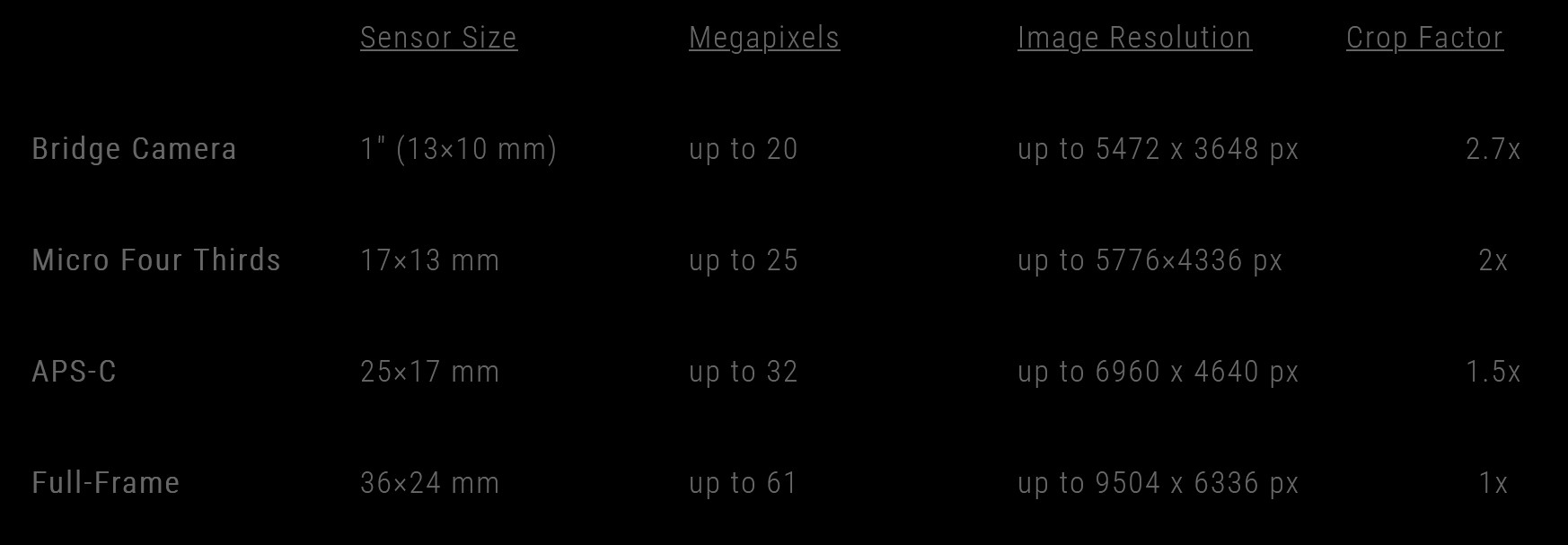
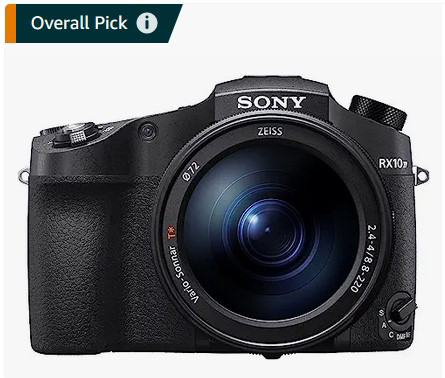
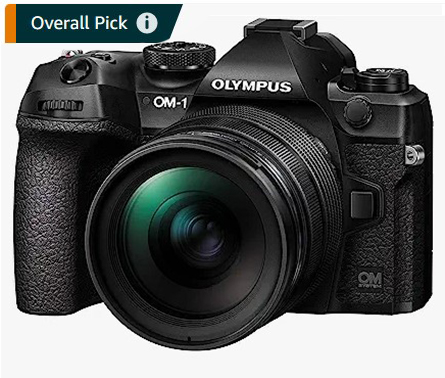
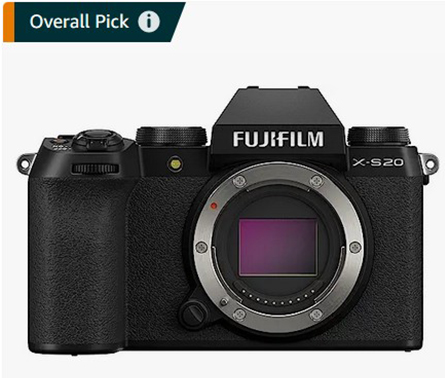
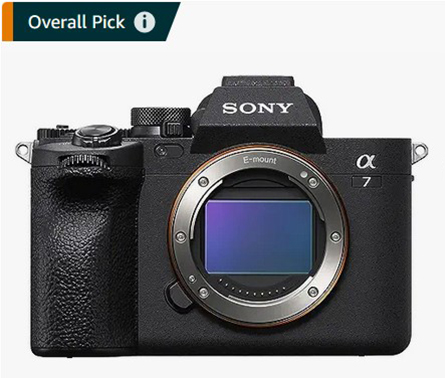

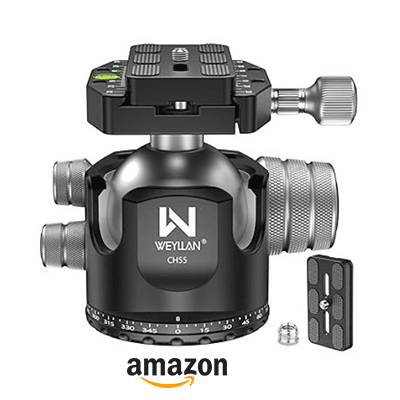


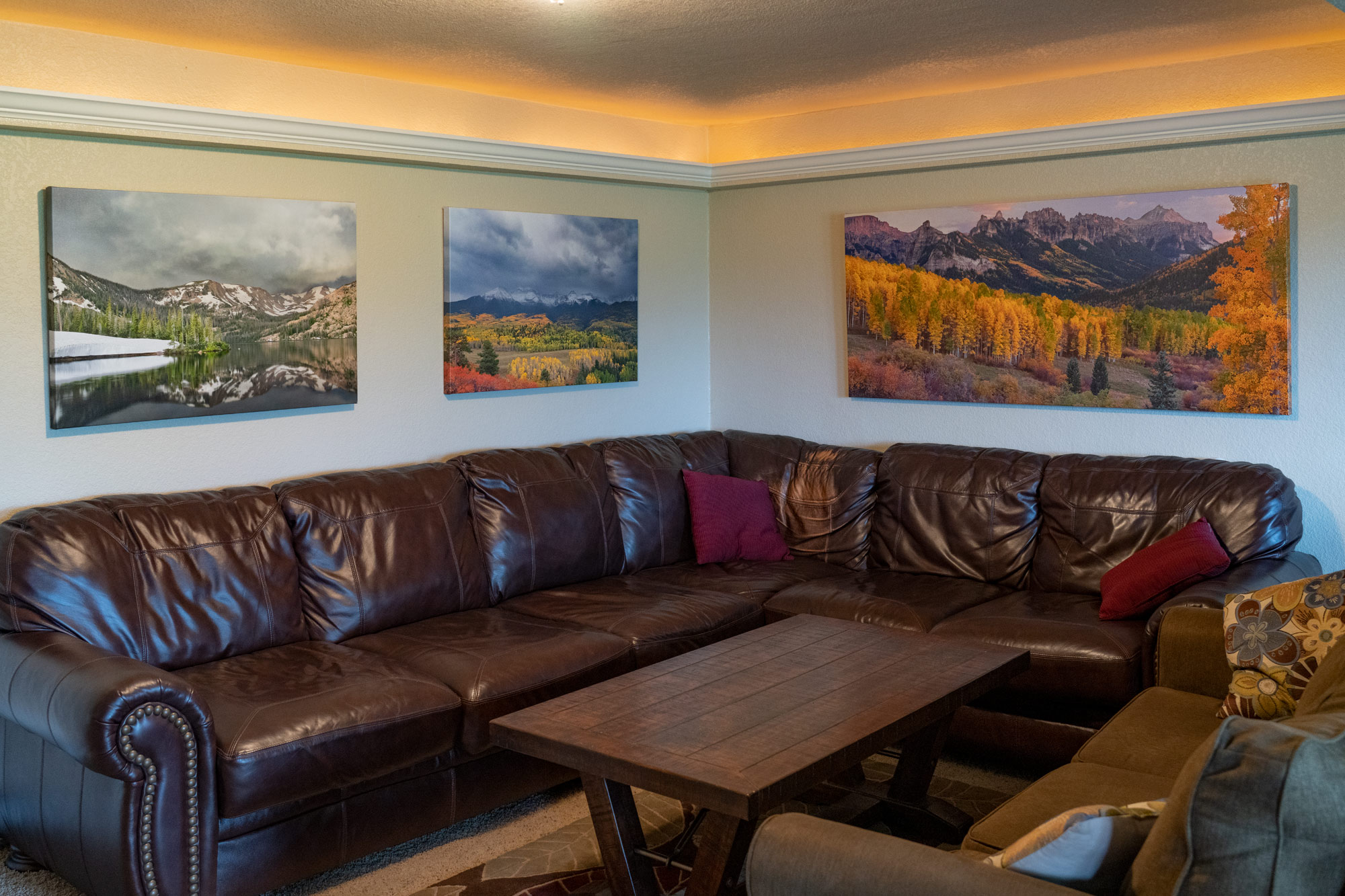
 Full-frame is Heavier, Bigger, more Expensive
Full-frame is Heavier, Bigger, more Expensive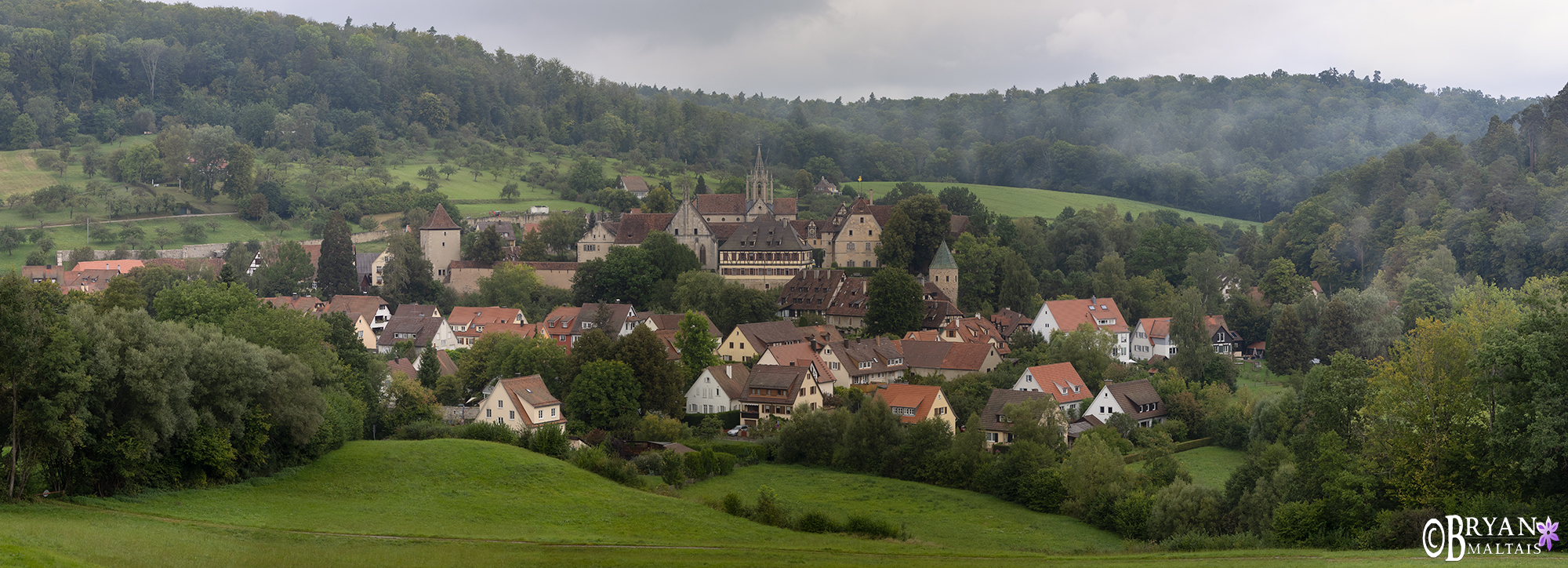 Panoramas turn all cameras into Full-frame
Panoramas turn all cameras into Full-frame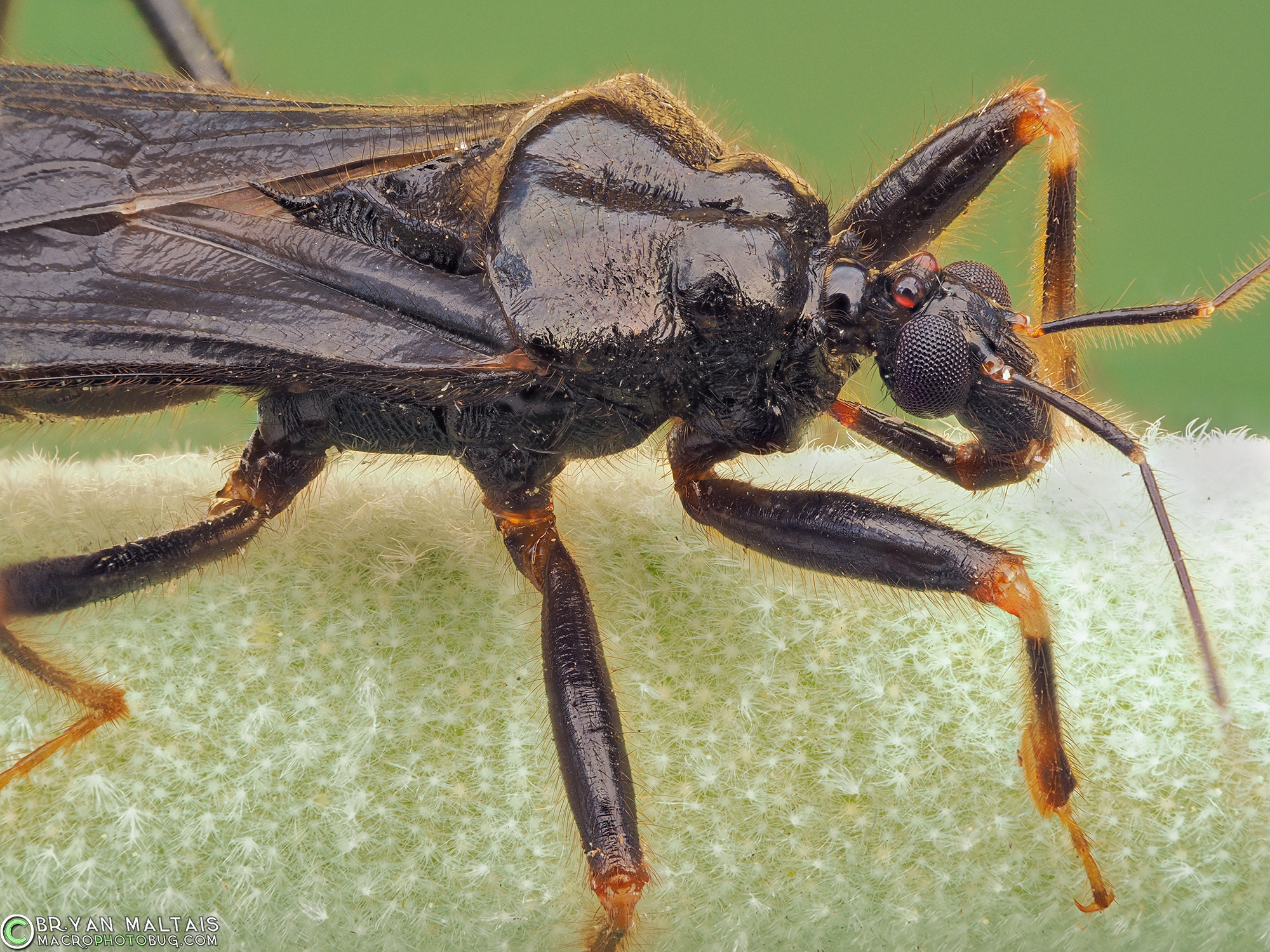
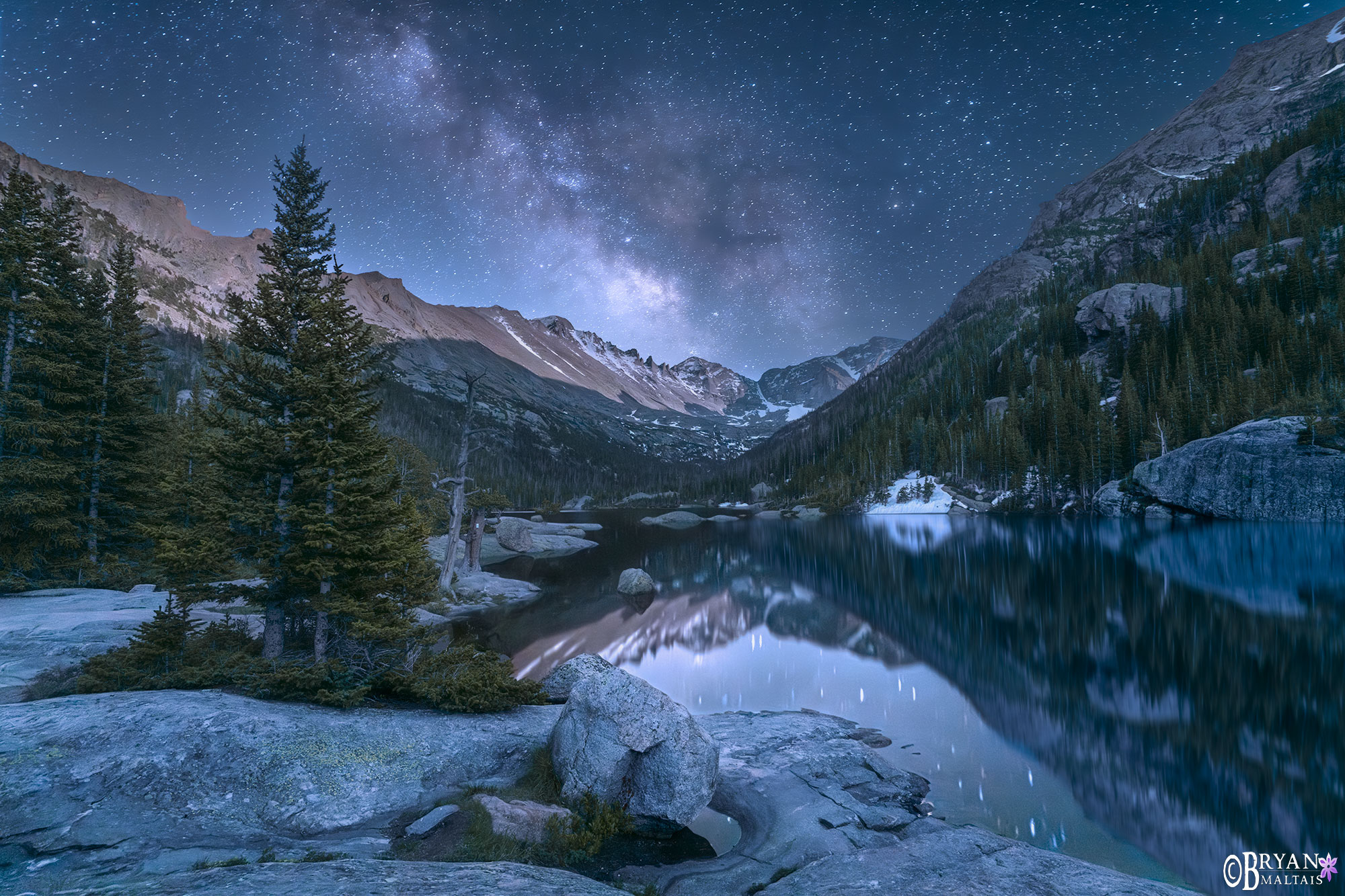

The problem is, micro 4/3 are equivalents of full frame versions only in focal length, but not in aperture. If you want the effects of faster apertures, micro 4/3 native lenses can’t do that.
The images from micro 4/3 lenses wide open with look like full frame pictures taken at 2 stops down the aperture.
But it’s a great option to go somewhere with full featured, small and lightweight equipment that still has the same focal length.
You’re correct that MFT creates 2x depth of field at the same aperture as full frame, which is why MFT might not be the best choice for portrait and other types of photography, but for landscape photography the difference in DOF makes no difference because you’d rarely or never shoot wide open. In fact, since you usually want as much DOF as possible in landscapes, having more DOF at a wider aperture and the a faster shutter speed is a benefit. For example, f/5.6 on a micro four thirds camera gives you the same DOF as f/11 on full frame, but retains the light transmission of f/5.6
Thanks for the nice article. If you don’t mind me asking, which system do you usually grab when you go out to shoot?
Roadside I grab my Nikon, Backcountry I grab my Olympus.
Hi Bryan — Thanks for this article and sharing your knowledge. One thing not mentioned here is Field-Of-View, which has been driving my desire to move towards a full frame sensor from APS-C. I love landscape photography, and there seems to be some opposing pros/cons with sensor size. For example, smaller sensors have larger DOF for an equivalent focal length, if I understand correctly. But, importantly, if I move to a full frame sensor I can use a 12mm lens (for example) to get huge FOV and super cool perspective, which would not be achievable with APS-C (and not fish-eyeing). Am I correct in my thinking? Wondering which of your amazingly beautiful landscape shots on your website are shot with APS-C vs. Full Frame.
Thank you!
Hi Brian. FOV does not always work this way. If you take an ultra wide angle zoom lens, say a 10-24mm that is designed for an APS-C camera and then mount it on a full frame, the lens will not cover the entire sensor at the wide end of its range and you’ll get black corners. This is correct for prime lenses though. If you mount a 14mm prime lens on an APS-C sensor it will effectively function as a 21mm lens. DOF on an APS-C sensor is also effectively 1/3 greater on APS-C, so f/8 on APS-C is equivalent to f/11 on full-frame. I have a few images on this website shot on a micro four thirds sensor, but they do not demonstrate these principals because they’re panoramic composites or shot in Olympus hi-res mode and are the same size/resolution as a full-frame image. My other macro photography is almost entirely shot on a crop sensor micro four thirds system: http://www.macrophotobug.com
Boy am I glad I found this! I’ve been wanting to upgrade from my old Nikon D80 to something a little newer that will do better than it currently does in low light situations. I had been looking at the Nikon D7000’s range, but kept getting told that I should just buy a full frame camera instead. I was starting to think maybe I should just take the plunge, and do it, even though I am on a pretty tight budget right now, and would have to save a lot longer for a full frame, and probably wouldn’t be able to afford any more lenses for quite some time. I was also worried that getting a full frame would suddenly bring to light the fact that maybe I’m just not as good as I think I am. Now that I’ve found your post, I know that I should just stick with a crop sensor for now, and work on building more skills, and maybe getting some better lenses before making the huge purchase of a full frame camera. Thank you!! 🙂
I’m glad you found the article useful, thanks for the post Kimberly!